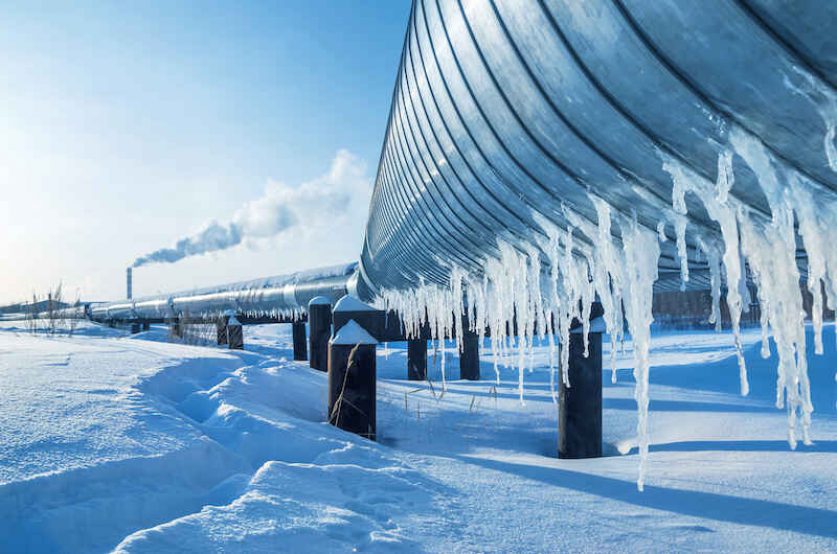
Goldman Sachs analysts are warning that the “European energy crisis is not over yet,” with a risk that mounting tensions with Russia and cold weather could cause further price spikes this winter and potentially push up household energy bills for years.
In the near term, an escalation of tensions between Russia and NATO over Ukraine could push natural gas prices above even the record highs set in December across Europe, the investment bank said.
Around 40% of Europe’s natural gas is sourced from Russia, with a significant portion—the equivalent of the 10% of Europe and Turkey’s combined annual consumption—passing through Ukraine last year. While the UK sources little gas directly from Russia, it draws natural gas from Europe and wholesale prices here closely track those on the continent.
The possibility of a Russian invasion of Ukraine and military response from the West has already caused a spike in natural gas prices: benchmark prices in Europe climbed by 14% to €93 per MWh and in Britain by 17% to 225 pence per therm. This is still short of the peaks seen in December— €182.77 per MWh in Europe and 450p per therm in Britain—but is well above the 10-year average of 50p per therm.
Cold weather could also cause chaos. “A one-standard-deviation colder-than-average February-March would lead end-winter inventories below the record lows of 2018, with electricity blackouts likely,” Goldman Sachs analysts warned.
European gas storages are already depleted as a result of low flows from Russia, last winter’s cold weather, and higher-than-expected demand from reopened economies. On Monday, storage inventories stood at 43% of capacity, compared to the five-year average of 59%.
And the sky-high gas prices that have reigned recently “are not necessarily a one-off.” Goldman Sachs forecasts that gas prices will stay at double the average in 10-year average until 2025, with even higher price spikes likely each winter.
“There is in addition the potential risk that any escalation [in geopolitical tensions] could result in sanctions on Russia’s Nord Stream 2 pipeline, which would potentially end up curtailing flows to Europe for an indefinite period,” said Goldman analysts led by Samantha Dart.
But even if gas flows from Russia return to normal this summer, the natural gas market in northwest Europe will be tighter than the five-year average until “at least 2025,” when several gas liquefaction plants currently in development come online.
Those elevated gas prices mean domestic gas and electricity bills in Britain are likely to stay high for years. Already market watchers forecast that energy regulator Ofgem will raise the price cap on domestic bills by 50% to a historic £2,000 per year. A further gruelling price hike is in the cards for October, with bills projected to hit £2,400 in the winter of 2022-23—nearly double this winter’s level.
Already the head of Britain’s largest energy supplier, Centrica and British Gas‘s Chris O’Shea has said consumers should brace for high energy bills for the next 18 months to two years.
Stratospheric energy prices will also contribute to higher prices for everything from food to cars, potentially driving inflation—already at a 30-year high—even higher.
https://www.thetimes.co.uk/article/gas-prices-will-stay-high-until-2025-says-goldman-sachs-rj602dwh8
https://www.independent.co.uk/news/uk/europe-russia-goldman-sachs-boris-johnson-ofgem-b1999490.html




